Which Shinkansen to Choose: Nozomi, Hikari, or Kodama?
This article is written by Tetsu, our Shinkansen Expert — the go-to expert for train routes, seating tips, and travel hacks.
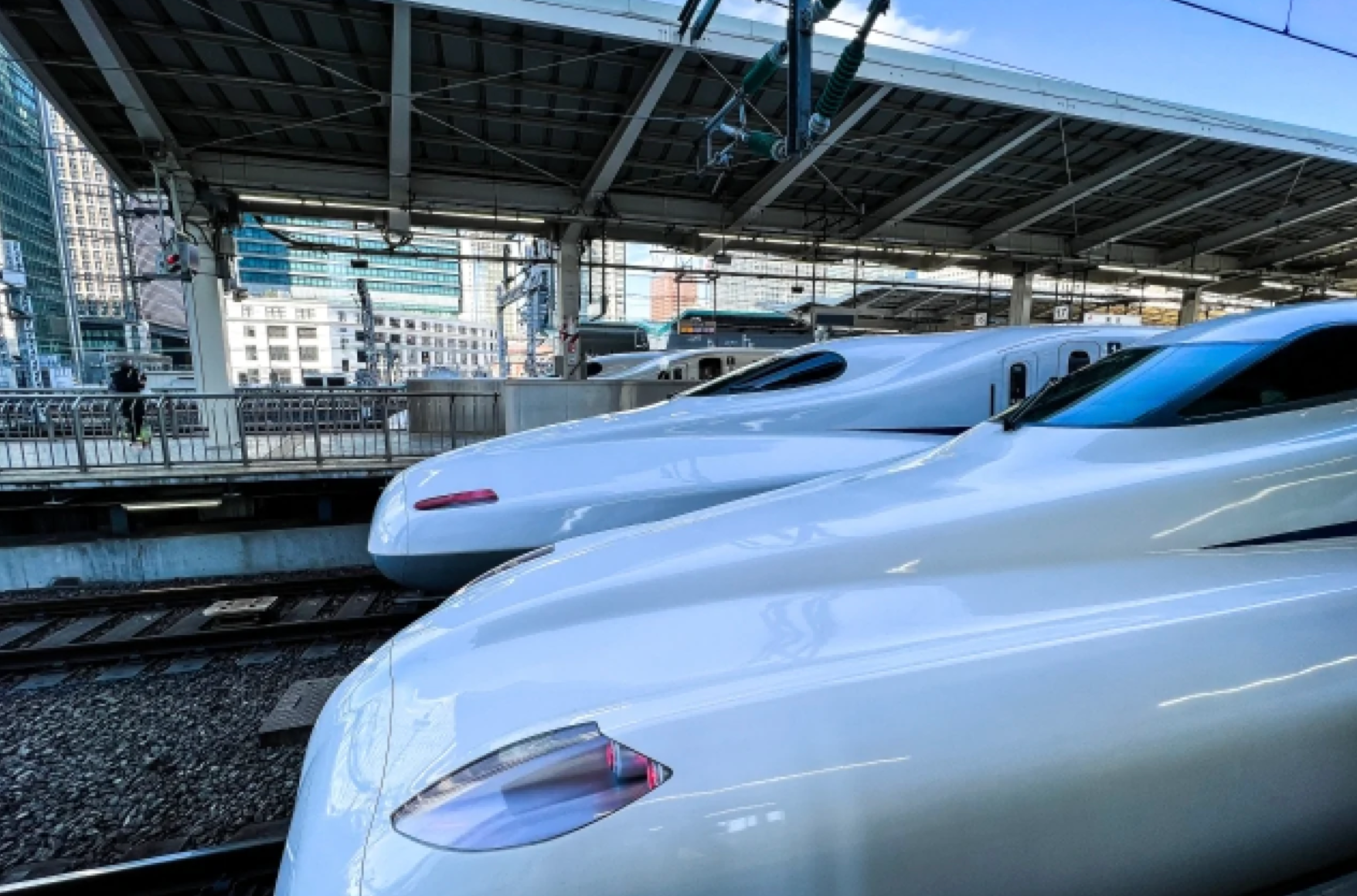
If you plan to visit the big cities in western Japan like Nagoya, Kyoto, and Osaka, you'll likely choose the Tokaido Sanyo Shinkansen as your mode of transportation.
However, when you start searching for your train, you'll notice three types of Tokaido Sanyo Shinkansen: Nozomi, Hikari, and Kodama.
Do you know which one is the best fit for your journey? Let's dive into the distinctions between these Shinkansen and the situations where each one shines.
The Tokaido Sanyo Shinkansen Route
First, let's clarify that the Tokaido Sanyo Shinkansen runs from Tokyo station to Hakata station.
To be more precise, the Tokaido Shinkansen stretches between Tokyo and Shin-Osaka, while the Sanyo Shinkansen covers the route from Shin-Osaka to Hakata.
These two segments are operated by different companies, but passengers don't have to worry about this. Passengers can conveniently purchase tickets for their entire journey from the departure station to the destination.
Even when traveling on routes that span beyond Shin-Osaka, there is no need for passengers to transfer at Shin-Osaka Station.
Three Varieties of Tokaido Sanyo Shinkansen
Now, let's talk about the three types of Tokaido Sanyo Shinkansen: Nozomi, Hikari, and Kodama.
In a nutshell, the key difference among these trains is the number of stations they stop at.
Nozomi
- Nozomi is the fastest train in this group.
- It stops at major stations such as Tokyo, Shinagawa, Shin-Yokohama, Nagoya, Kyoto, and Shin-Osaka.
- For example, it takes about two hours and 30 minutes to run from Tokyo to Shin-Osaka, with Nozomi trains departing approximately every ten minutes.
- Nozomi offers sixteen cabins: four Green reserved (first-class) cabins, ten ordinary reserved cabins, and three unreserved cabins.
- Recommended for passengers who need to reach Nagoya, Kyoto, Shin-Osaka, Okayama, Hiroshima, and Hakata promptly.
- Note: Japan Rail Pass holders cannot use Nozomi.
Hikari
- Hikari is the second fastest option.
- It stops at significant stations where Nozomi does not, such as Odawara (not all Hikari trains), Shizuoka, or Hamamatsu, in addition to the major stations mentioned earlier.
- For example, the journey from Tokyo to Shin-Osaka takes about two hours and 50 minutes, which is 20 minutes longer than Nozomi.
- Hikari provides sixteen cabins: three Green reserved (first-class) cabins, eight ordinary reserved cabins, and five unreserved cabins.
- Recommended for passengers using the Japan Rail Pass for their trip or those who want to reach big stations that Nozomi skips earlier than Kodama.
Kodama
- Kodama is the third fastest train (the slowest of these three)
- It stops at all 16 stations between Tokyo and Shin-Osaka.
- For example, the trip from Tokyo to Shin-Osaka takes about four hours and four minutes, which is an hour and 30 minutes longer than Nozomi.
- Kodama offers sixteen cabins: three Green reserved (first-class) cabins, three ordinary reserved cabins, and ten unreserved cabins.
- Kodama stops at all stations within the JR Central area (listed below).
- Recommended for passengers using the Japan Rail Pass for their trip or those interested in visiting smaller yet charming cities such as Shin-Fuji, Kakegawa, Mikawa-Anjo, and Asa.
Now that you're acquainted with the differences between Nozomi, Hikari, and Kodama, you can choose the one that best suits your travel plans.
Whether you need to reach your destination quickly, want to explore diverse stations, or have flexibility in your schedule, there's a Shinkansen type for everyone.
Secure Your Shinkansen Tickets in advance!
Once your Japan travel plans are in place, be sure to reach out to us and reserve your Shinkansen tickets.
We prioritize providing tickets on the Nozomi train route when it aligns with your departure and destination stations. This way, we ensure you can travel quickly and comfortably according to your specific itinerary.
What is shinkansen-ticket.com?
Shinkansen-Ticket.com is a Japan-based travel agency specializing in booking Shinkansen and limited express train tickets—including high-demand routes that are often difficult to secure. With nearly a decade of experience, we’ve built a reputation for reliable, flexible, and traveler-friendly service.
We provide both QR code-based tickets for easy station access, ideal for last-minute bookings, and physical paper tickets, which can be delivered to your home abroad, hotel, major post offices, or even a friend’s residence across Japan—perfect for carefully planned itineraries.
Our expertise in Japan’s rail system allows us to offer customized support with a deep understanding of routes, connections, and seating options—including oversized luggage seats, scenic views, and group arrangements.
Trusted by thousands of repeat customers and partnered with numerous hotels and travel agencies, we regularly assist in arranging train tickets for hotel guests and tour clients across Japan.



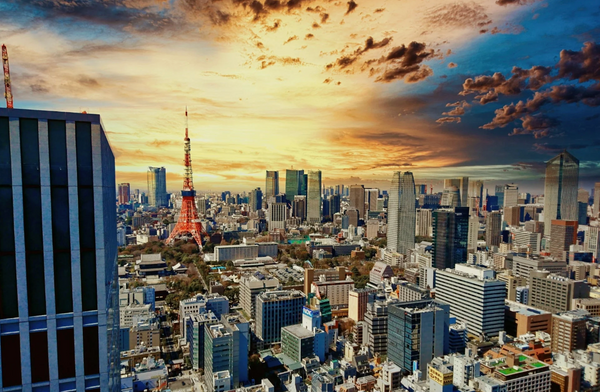
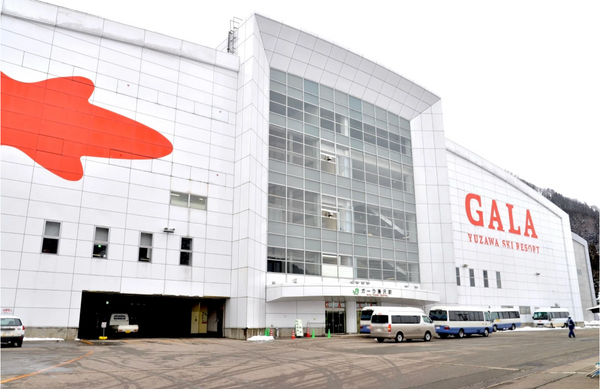

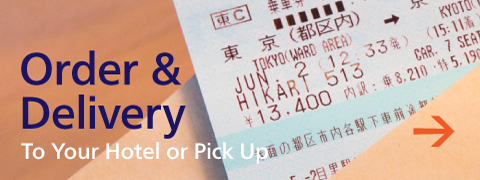
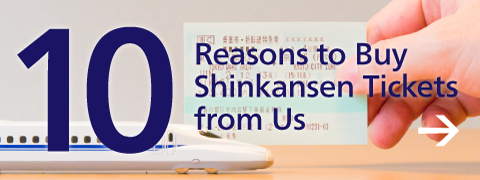
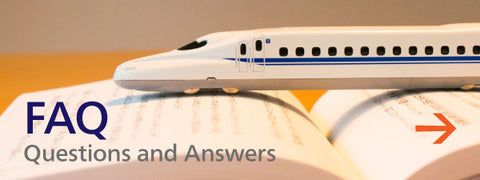
Tetsu
The Shinkansen Expert
With a passion for all things rail, I specialize in helping travelers navigate Japan’s extensive train network—especially the Shinkansen. From how to book reserved seats to choosing the right side for Mt. Fuji views, I provide expert guidance on riding Japan’s iconic bullet trains with ease.
Having supported countless international travelers, I understand the unique questions and challenges that come with using Japan’s rail system for the first time. My goal is to make your journey faster, smarter, and stress-free—no matter where you're from or where you're headed.